The goats like to eat from the hay nets actually. It is more natural for them to eat through the net from the top down, while sheep will eat from bottom up or find the sweet spot and dig in. But goats have sharp sharp strong teeth and they have bitten holes in the nets. The little goats crawled right inside, after all that is the best place to eat. Lily, the horned Kiko, put her head in but a horn got caught on the way out. When I fed them, I noticed Lily at the net and did not think much of it, except she always comes to eat and she didn't. Then I noticed the two little ones inside the net, Stevie Wonder and Nix! They could not get out with Lily's big head stuck in there. I had to help both of them out. The hole was actually pretty tight! Once out they were all fine. Then I fixed that hole and another smaller one and all was well in the goat pen - for a while that is. Goats always get into mischief.
|
Goats are the worst wasters of hay of all the animals on the farm, hands down. They even beat the cows and the cows are bad. At least the cows will continue to clean up the hay they have stepped on, but for goats, once it is on the ground, they will not touch it, especially if it has been walked on. Goats are like deer in their eating habits, that is, they browse from the top down. It is nature's way of keeping the worms at bay and worms are the goat's number one worst enemy, especially barber pole worms which suck the blood out of the lining of the stomach. They are hard to eradicate completely and some goats are far more affected by them than others. If I was starting all over, now knowing what I know, I would build a parasite resistant goat herd by only keeping and breeding those that naturally resist worms without having to be treated. Those goats are out there, but the problem is that most people blanket treat the herd and do not check individuals.
The goats like to eat from the hay nets actually. It is more natural for them to eat through the net from the top down, while sheep will eat from bottom up or find the sweet spot and dig in. But goats have sharp sharp strong teeth and they have bitten holes in the nets. The little goats crawled right inside, after all that is the best place to eat. Lily, the horned Kiko, put her head in but a horn got caught on the way out. When I fed them, I noticed Lily at the net and did not think much of it, except she always comes to eat and she didn't. Then I noticed the two little ones inside the net, Stevie Wonder and Nix! They could not get out with Lily's big head stuck in there. I had to help both of them out. The hole was actually pretty tight! Once out they were all fine. Then I fixed that hole and another smaller one and all was well in the goat pen - for a while that is. Goats always get into mischief.
0 Comments
There are 4 and possibly 5 goats ready to give birth so far. Some of the younger ones will likely not have caught until the next year, which is fine, because they are young. The older girls, though, are very ready. Lily, the Kiko has a very developed udder but it looks like it might be a week or even two yet for her. Both Nubians were bred to the Red Boer goat. Maddy, an old girl and her grand daughter Dori, two generations younger, were bred to the Red Boer, Richie Rich and both are looking quite ready. I don't think that billy goat wasted any time.
Daphne, my best goat, usually has quads. She is very thin now, despite all my efforts this winter to keep weight on her. She is a NIgerian Dwarf and has tons of milk for such a little girl. I have never milked my goats before, but I think this year, I will see if I can sell the Nubian/Boer kids and several of Daphne's kids, depending on the number she has, so the moms do not have to put out so much milk. The other option would be to separate the kids, milk the moms and bottle feed the babies. That is a lot of work! I do have a milking stand and am prepared to do that if I feel like taking the task on. I am debating. So, Lily Kiko, Daphne Nigerian Dwarf, Maddy and Dori Nubians are ready to go. I check on them many times a day just in case problems arise, though they are all experienced mothers. There are still a couple of other goats that are bred but are not looking as though they will deliver for a few more weeks.Bonnie Cashmere is lying down a lot, but there does not seem to be any reason for that. She is a first timer and may not understand what is happening to her. Sofi is Nygora, Angora and Nigerian Dwarf and 13 is a pure Angora. It is harder to tell with the Angoras unless they are shorn and she is not. The shearer was supposed to have come, but the weather did not cooperate and we had snow instead. Usually the goat kids sell exceptionally well. I have only kept back the best of the best, so the kids are always beautiful. The buck this year is blue eyed too, for the Nigerian Dwarf and though he is little, I think he got the job done. The kids should be amazing. Stay tuned for baby pictures. I started with purebred Canadian horses and Canadienne dairy cows, plus 3 Karakul sheep brought out from Quebed and Ontario, 5 years ago. It seems almost like yesterday, but so much has been learned. There was a problem and where we were staying for the winter was on acreages near Two Hills, AB, but the land did not allow farm animals. The man who rented the shop to me allowed me to fence his land and bring in the animals, knowing full well they were not permitted. I had to find board for the animals or sell them rapidly. I sadly sold the cows to pay for the the board for the horese and sheep, but likely should have done it the other way around. Although Canadians were not common here, they were not so rare either, but the cows were extremely rare and sought after. Of course, I get no credit for having brought them out, but that is another story. I sold my beautiful Canadienne dairy cows, bred. My great loss. Then I got a Dexter, but she was a fence jumper and was always in with the herd next door, so I got another cow, a Dexter, to keep her company and keep her home, which did not work. So I sold those two cows, one with a calf. Then I got a Jersey, a lovely little girl all the way from Pink Mountain, BC, where she descended from a long line of dairy cows bred to do well on grass only. She was also bred and confirmed pregnant. She did have a calf, but the calf got stuck in the mud and the other big cows that were boarded here trampled her right in and she passed away. I found my little Jersey mourning her calf and pulled the dead baby out of the mud so she knew she was gone. The neighbour's dogs ate the calf that night and I know it was them because I saw them. The neighbour's response was, "So, shoot them". I didn't. I sent the little Jersey home with the big cows to get bred. The farmer had an artificial insemination tank and knew people with Jersey semen. I told him a couple of times that she had not had grain and could not have grain, that she was bred to thrive on grass alone and he should not feed her grain. So, he turned her out with his cows, who were fed a mix of grain, hay and ration, whatever that is, and he found her dead, belly up the next morning. He said it was from getting too deep in the bedding and would not replace her or take responsibility. I was a little hesitant to try my luck with cows again then. You can see why. But the man who rented my pasture the following year could not afford the board and we had agreed that he would give me a heifer calf at weaning instead. Kyle, the Kilo Highland came here that way. She is a delight. I can pet her when she drinks water. But I had been talking to a man who breeds a naturally small cow, the Galloway, only in Sherwood Park, which is just about 2 hours drive from here. I could not afford a prime calf, but he had something for me then, a little heifer that lost her mother when she was just 3 months old. She fended for herself and managed to survive the winter, but would be small due to her short time on Mamma's milk and without mother's protection. She was perfect for me, only was unapproachable. I was hoping to change that. The breeder also had a bull that was appropriate for me, smaller side and 1/8 Highland from way back in the genes, so he was not registerable with the Galloways. So I acquired two Riggit Galloway cows. They have double coats so in winter stay warm without the need for extra bedding or extra feed. I think they are wonderful. And finally, I wanted to try a dairy cow again. Unfortunately the people who sold her to me were less than upfront and she arrived thin and has a fallen foot so she walks on the bottom of her ankle instead of the hoof. I mentioned it to the fellow who laughed and said he forgot to trim her feet. Ha. He forgot the poor cow entirely. I have put some weight on her now and she does look better and a cow hoof man is coming to tend to her feet. She was supposedly bred and I have seen no action from my bull, so hopefully she is and will be due in September. Then I plan to sell her when the calf is old enough to wean, as a nurse cow, which is what she will be best suited for. She is a Norwegian Red Holstein cross and was a dairy cow, likely expelled due to bad feet. Darn, I wish people were honest. So that is the story of the cows of the Fat Ewe Farm. I think I will stick with the Riggit Galloways only. I would love to milk Kylie the Highland, but I do not think she is tame enough and I don't know enough about cows to tame her more. I do not drink milk though I would use it to make cheese, butter and yogurt for sure. Oh well, some things are not meant to be. Moooo! It is 6 years since I retired from being a teacher in the beautiful city of White Rock, BC. The cherry and plum trees are in bloom there now and the grass has already been mowed at least once. Everything you want to grow, almost, grows there too. It is a beautiful sea side town with a very mild climate, the prettiest place in all of Canada. I think so, anyhow. When I was 19 I drove from one end of Canada to the other and back home and when I came to my home in White Rock, over looking the Semiahmoo Bay of the Pacific Ocean and Mt. Baker of the coastal mountains, I knew there was no place like home. But things change and the adventure of being a farmer was to begin. The plan was a ten year one, after which time I would retire, not back on the coast most likely, but somewhere where the growing season was reasonable and the snow was less. I hope to find a partner for the sunset years too, one day. In all those years away from my home in White Rock, away from the germs associated with teaching in an institution, which is exactly what a school is, I did not have so much as one cold. But times got tough out here in the frozen north, indeed for much of Canada, and going back to work was necessity if I wanted to still be able to farm. I am fortunate that I was able to secure a job at my age, and one that pays very well. Back to the institution I went and guess what? I got sick. Mind you, there are a few other things that have strongly influenced that condition. There was a flood at the bed and breakfast and dealing with the aftermath has been stressful to say the least. There were some difficult parents and teens too, and I was up at night worrying about how best to teach them. And while we had a mild winter with little snow, suddenly we have had lots of snow and it has made some chores a little more challenging again. Today, even though I did go to the doctor and got a prescription for antibiotics for bronchitis, I still had chores to do. I managed to get a bale of hay to the cows and another to the sheep, but wanted to put two netted bales in with the sheep too. The first one was no problem, but the trail was icy and the skid steer slipped down the slope and got stuck. I had to unload the bale and attempt to get myself out of there. After half an hour, I decided to go further into the snow and attempt to get out where the slope was not so steep and icy. It worked, but the bale remains where it was unloaded and will not be able to be retrieved for quite some time. At least two bales are in with the sheep. Tomorrow new straw must be put in all the shelters for the goats and sheep because Saturday is the first possible lambing day. Kidding will follow shortly thereafter. A farmer has no time to be sick. What amazed me is the doctor. Yes we are in the boonies, but he did not take my temperature or blood pressure. He did look in my ears and mouth and listened with the stethoscope to my lungs, then pronounced that I had bronchitis and wrote a prescription. No chest x ray or anything else, just that diagnosis and prescription and away I went. Oh well. I took two pills after doing the chores and although I still feel feverish, I have high hopes that I will be better soon. I have to be. There are no sick farmers. 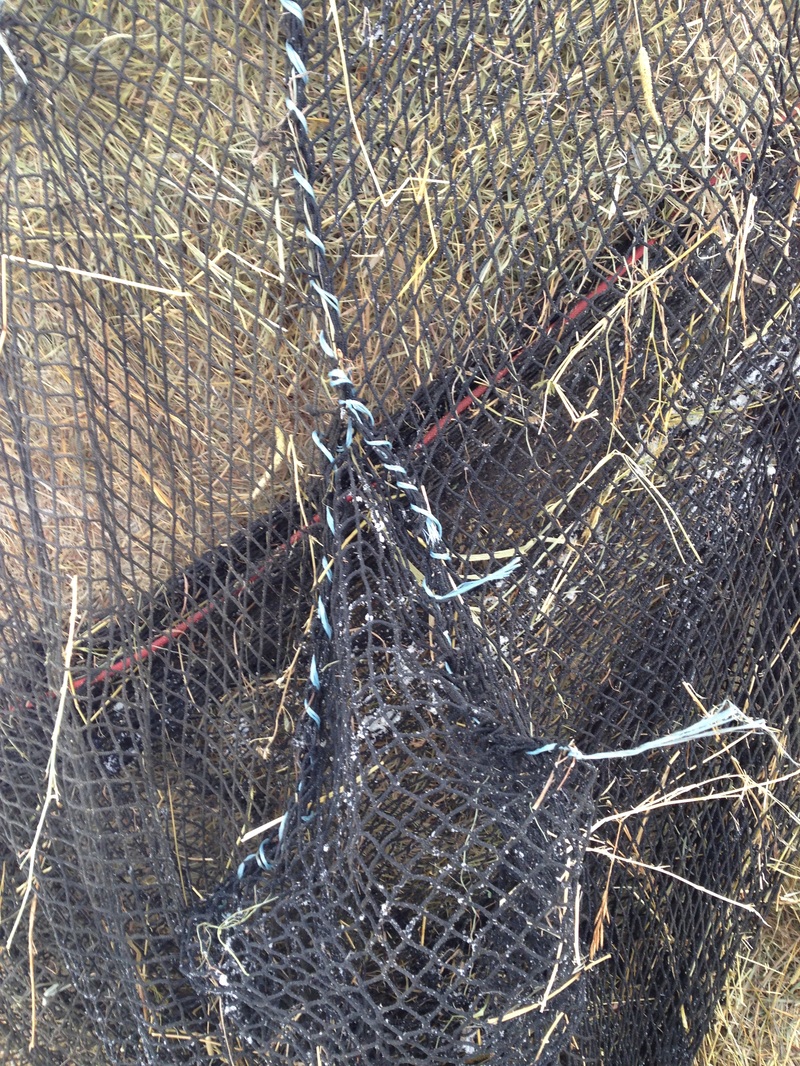 I had to repair the hay nets AGAIN before using them. They make things easier in some ways, because the sheep do not have to be fed daily, but they tear and the sheep chew holes in them and they constantly need repair, plus they finish in a pile of poop and rot and have to be fished out of that mess like wet spaghetti. Then I have to sort the mess out and clean the net as well as I can. I wonder if it is good for the sheep to have eat through a shitty net. I check on Clara and the piglets two or three times a day at least. Today when I came home from work, I went to see Clara and the kids and they were not there. It is a bit early for her to take them out in the world, but sure enough, nobody was home. I looked around in case they were out and about and saw no one. So, I went to Wilbur's shack to see if he was in. Yes, Wilbur was snoozing mostly covered in hay, but I could see the hay rising up and down and black boar bristles in between. Wilbur was in. Then I heard Clara grunting and Clara had moved in with Wilbur and brought the kids, but not all of them. There were only 5. Oh no! Did the ravens get the other two? That is always a big concern because the ravens are much bigger than the piglets and they would be easy targets for those predators. Off to check the old house I went, hoping that they were there. I didn't see anything and started poking around the hay. Out came a squealing piglet. Maybe the other was there too? I poked the hay and out came the second piglet. I picked the two little gaffers up and after a bunch of squealing, they were fairly quiet, so I marched over to Wilbur's place. Robbie was thinking he would help and the piglets were terrified. Robbie was getting excited though and did not want to leave. The other dogs were coming to see what the commotion was about too. I gave one piglet to Clara but wanted to keep the other one, a cute pink, black and white spotted little one, for a few minutes. Clara was not having any of that though, and she came out of her nest grunting and barking at me, "Give me my baby!" I put the baby down, who started to squeal at the top of his little lungs, which brought the dogs back, and he started to follow his mamma, so she went to the other piglets. Robbie scared him though and he got sidetracked, so I had to pick him up again. Oh the noise!! Oh, the noise! Those little things can squeal. Clara came rushing out to rescue the piglet and I shooed her back in and put the little guy in with her. Whew! 7 found, safe and sound. Another adventure at the Fat Ewe Farm for the day. It is March, mid March to be exact. March in northeastern Alberta is very unpredictable. The first year I was here, there was a massive snow storm on March 24th. The next few March months were mild ,but definitely not spring. Last year, it was mild and by the end of March, the snow was completely gone. Spring did arrive early and it was a very dry season. Rain did not come until fall, which caused lost hay and grain crops.
The snow started last night, very lightly. The forecast was for an inch of snow. By this morning there was at least 4 inches on the ground. It snowed all day and is still snowing at almost midnight. There was over a foot of snow by 5 pm and I had to get the skid steer and clear the driveway and paths, plus deliver bales to the rams, ewes and cows. The small amount that was left in the net in the sheep pen was completely covered by the snow. The goats have a netted bale, but the snow has pulled the net down and it is so far away from the bale that they cannot get enough to eat, so they also have a bale open. The geese want to continue going out in the yard as they have been the last week, playing in the puddles and finding grass to eat. But there is too much snow. The yard bunnies, those that escaped last summer, were trying to stay warm out of the snow too. One was in the duck and goose shelter, one in the chicken coop, one under the tarp in the straw bales and one in the shelter with Clara and the piglets. Two stay in the barn. I suspect they are females and are getting ready to kindle or have and are remaining close to their babies. Hopefully the snow will continue for a while until we get a good cover again. I need it to stop before Friday though. I think sheep shearing will have to be postponed because the wool is going to be wet. It will take 2 or 3 days to dry out in this weather but the sheep will continue to get snowed on as long as it is snowing, so the shearer will not be able to shear wet fleece. At least I can use the toboggan to deliver the water. 200 pounds of water on fresh snow is hard to move. This morning taking water to the cows left me breathless by the time I got the toboggan to the cows. Whew! Now even if the snow melts, It has given me another few weeks to continue watering before it is warm enough to use the hose. Winter again in mid March. It was not predicted or expected, but I really do not mind. What do you think? I have tried.
I have tried so many different feeder styles to keep the hay out of the fleece. Alfalfa hay is terrible for getting down to the skin and sticking tight in the wool. But I have this different grass hay that seems to have some sticking power like I have not come across before. It gets so tangled in the Angora rabbit's fur that they need to be rescued. I thought some twine had gotten in and wound around the rabbit's foot, but it was just this hay. And it gets to intertwined in the sheep's long wool that it will be impossible to get out. Another year of ruined fleece. I tried to offer the fleece for free to a spinner's group just out of Edmonton last year, but they did not want to come and get it so I still have it here. There is a lot of very usable wool there, but lots that will need a dedicated wool cleaner or need to be discarded. I have been honing the keeper's list very carefully. New lambs are about to be born starting in 2 weeks. The purebreds will be kept for sure, though some are presold.They will be shorn and then treated for keds, another reason the fleece is bad this year again. Keds are wingless flies that look and act like ticks. They live their entire lifecycles on the sheep and suck their blood at the skin. The feces from the keds contaminates the wool and gives it an off odor if there are enough of them. There are a few sheep that have way more than others. They were treated once, but the helpers did not show up for the second treatment, so now they will have to be treated when they are shorn. Gee, for a fibre farm, so far it is zero for four years of fleece. Terrible. The absolute only solution is sheep coats. Sigh. Maybe I will try the t shirts first and see if they last. A coat is $45 and one long wooled sheep will need up to 4 coats in a winter as the fleece grows to prevent matting. A t shirt at the thrift shop is $2 so even if they become rags after the first use, it would only be 8 dollars in a season rather than $45 plus tax and shipping. It is worth a try. In the meantime, I look at these happy sheep in the hay and want to cry. I have read a lot of different publications and testimonies on liquid soap and cream soap. Basically liquid soap is soap that is made from the same ingredients as regular lye soap, hot processed and the resulting paste is then diluted to a liquid state. The use of two lyes, potassium hydroxide and sodium hydroxide supposedly makes the soap pliable instead of rock hard as in a bar soap. But I do not like the ingredients that most liquid soap recipes consist of, which is primarily coconut oil and olive oil. Olive oil is hard to come by, that is real unadulterated olive oil that smells like olives and is green and unrefined. Coconut oil bubbles a lit and strips the oils from the skin. It is great for a mechanic's soap or laundry soap, but not for humans, in my humble opinion. And cream soaps have huge amounts of stearic acid added to them normally. Stearic acid is found in beef tallow . The commercial stearic acid is not naturally occurring either, and it is also very drying to the skin. So you get this wonderful whipped confection that smells divine and is like putting acid on the skin. Not what I had in mind. So, I am out to make my own style of both liquid and cream soap, possibly from the same recipe. The ingredients I used are high linoleic and linolenic acid oils, which are very good for skin, some coconut for cleansing and bubbles and locally acquired home rendered lard and tallow. That should produce a liquid soap that is gentle and that still bubbles and has a creamy lather. I did not have a big enough pot so I heated the oils and put about 90% in the largest pot I have, added the dual lye solution and a cup of organic sugar and stick blended it until it had achieved a pudding like consistency, then stirred in the rest of the oil. The lye solution and oils were hot and the sugar made the whole thing even hotter and it gelled in the pot. In traditional recipes the paste is always made by cooking the soap to a thick sticky glue like paste then it takes forever to dilute it. Why? I wondered why people are doing it that way and why not the easy way? The gelled soap paste was perfect, translucent slightly amber from the organic sugar and smooth and shiny, but not goopy and sticky like a cooked paste. Perfect.And it was saponified within 24 hours, similar to the cooking method. It sat overnight and today I diluted some with cold tap water to see what happens. Because of the high tallow content, the soap was not clear, but a creamy white. Nice! I am going to add glycerine and whip it and see what happens. If it makes whipped soap, then perfect! If not, oh well, it does make liquid soap, a nice thick one too. I can add salt to thicken it more if I like, for a body wash. The essential oils then required are a tiny percentage of what would be used in bar soap because the soap is already finished its saponification and since it remains moist in a paste form, the evaporation is lessened greatly. Win win. Would you like some beautiful body wash? Clara had her piglets! She had 7 babies, 6 normal sized potbelly babies and one tiny one. She has 8 teats, but two are difficult for the little ones to access, so technically only 6 lunch taps are available. That means that the poor little runt does not have a good chance at life. This is survival of the fittest. I have bottle fed a baby piglet. It is a lot of dedicated work, but very sweet too. If Clara does not reject the piglet, it might be possible to supplement the baby with a bottle and leave him with his mother (or hers, I didn't look) which is the best plan. Clara is oblivious to the number of babies at this point and is just likely very relieved to have them out and done with. She was fatigued and hardly able to waddle these last few days. I made a place for her to have her babies, away from Wilbur, the boar.
Surprisingly, Wilbur respects Clara's privacy. He protects her too. When I arrived at the pen to check on Clara, he challenged me just a little, saying, maybe I should not want to go there. But Wilbur and I are good friends, so he let me pass. Clara was in a tizzy and had just had the last baby. I snapped one or two quick pictures and left her to tend to the kids. Later I returned and counted the babies. Clara had just passed the placenta. Some sows eat it, some don't. I never actually know if she does, because the dogs will clean it up for her if she does not so as not to attract the ravens and other horrible predators. The ravens were not in sight when Clara had her babies, thank goodness. Two of these babies are spoken for to become breeders on a new farm and raise potbelly pork for the family there. There will be at least 4 others up for sale in 4 weeks. Clara herself is scheduled for sausage at that time, so depending on how many females there are, one daughter may be retained for breeding unless I can find some one to trade piglets with. This is Clara's third litter and she is much more relaxed as a mom, which is a good thing. I am hoping to be able to handle the babies without upsetting her too much. They squeal very loudly when they are picked up. In nature, the only time a piglet is picked up is when it is caught by a predator, so you can understand the predicament for them. Thank you Clara and Wilbur, mostly Clara! Well done little mamma. Clara is a "pink" pot belly sow. She is not really pink, more of a grey colour, but her skin is pink that shows through, with a pink belly too. She must have been adorable as a piglet. I only got her when she was already 5 months old. She arrived shortly after Wilbur, the boar did. They got married right away, good thing too, because the kids were on the way not too long after that. Pig gestation is 3 months, 3 weeks, 3 days more or less, some add 3 hours and 3 minutes too.
But the ravens took Clara's first babies, all except Piglet, a little boy. He stayed with his mom and dad until he kept trying to have relations with his mother. His father thought that was disgusting and tried his best to keep him away from her, but the little guy just couldn't seem to help his incestuous feelings, so he got locked up in a hoop coop. At first he was terribly lonely. Pigs are herd animals and need other pigs to be content.PIglet was visited daily while he was in jail for those two months. He ate and drank well, like a pig, and gained a little more weight. And then, the inevitable day came along and PIglet was no more, just fondly remembered on the barbeque. Clara had six babies with her next litter and all went on to be quite well and happy. It was around four months of age that the young boys wanted to breed everything in sight, including their sisters and mother. Again, poor Wilbur attempted to prevent this, but he had a go at his daughters too, so the kids were all sent to freezer camp. The smallest was around 40 pounds and the biggest was closer to 55 pounds or so. I must say, raising these pigs for meat makes much more sense for a small family (of one in my case) than most other animals. The piglets are ready to butcher in 4 months. The mother completely cares for them for the first month, so really they are only fed for 3 months and they do not eat a great deal because they are small animals. But they produce lots of red meat, which is what the flesh looks like, pound for pound. Clara is going to have piglets today or tomorrow, I think. She has prolapsed a little, that is her back end never returned to the tight package it should have been after her last litter. That means this will be Clara's final litter and then she will have to go to freezer camp as well. Already a boar and a sow are sold to the man who is renting my pasture this year. He took quite an interest in the small pigs and wants to give it a try. I would prefer to sell the babies rather than butcher them, so perhaps I will be more fortunate with this litter since it is going into summer. No one wants to raise animals over the winter when it is so much work here. I am thankful for Clara and her contribution to the farm. She is a good girl and has had a great life. Normally she and Wilbur have the run of the barn yard, but with her so close to delivery they are in their pen for safety. Hopefully the ravens will leave her alone this time. I put a big bale of straw in one of the shelters where she had been building her nest. Wilbur will have to sleep in the old quarters by himself for a week or two. If anyone is interested in some pot belly piglets, in 4 weeks or so, they will be ready for their new homes and they are so adorable! I hear one squealing your name... |
Categories
All
AuthorFluffy writes daily about the experiences on the farm and with the bed and breakfast patrons. Archives
October 2020
|



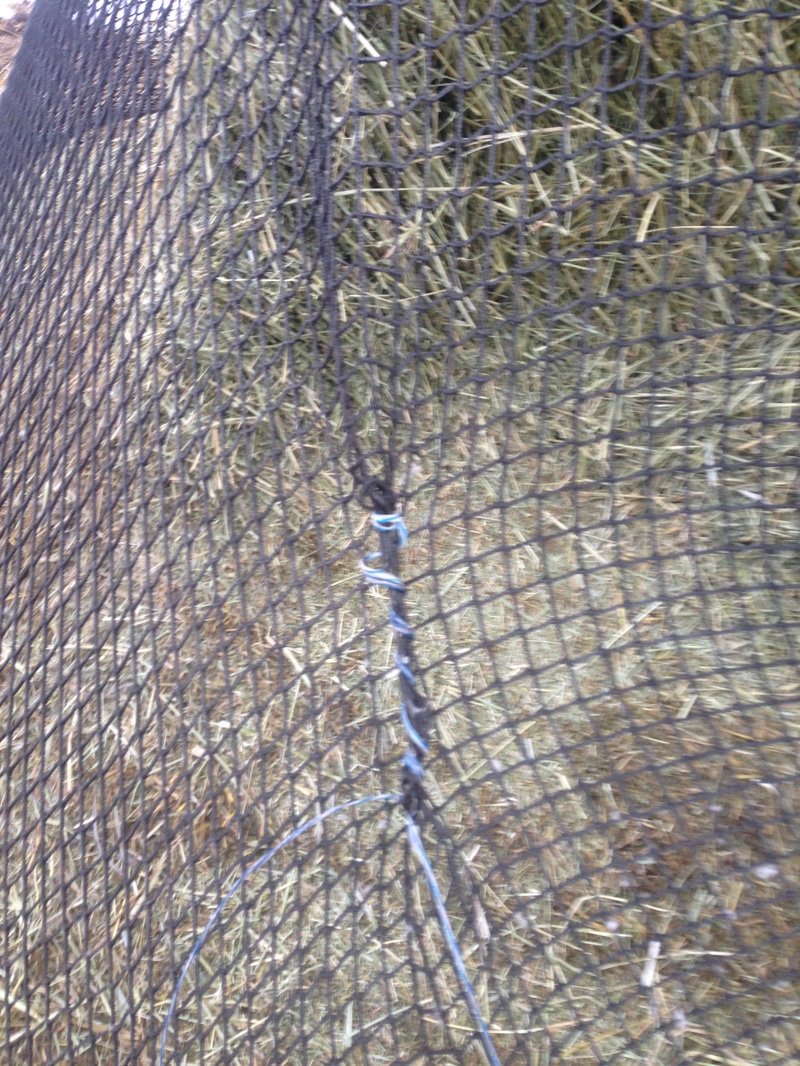
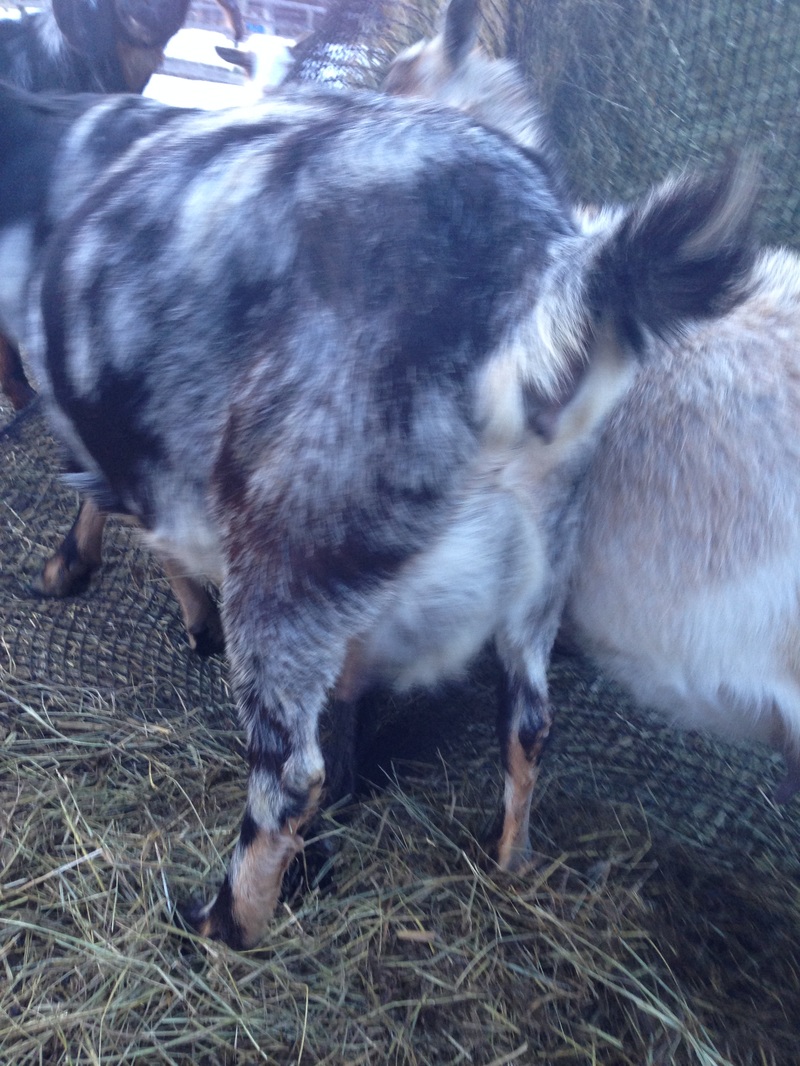

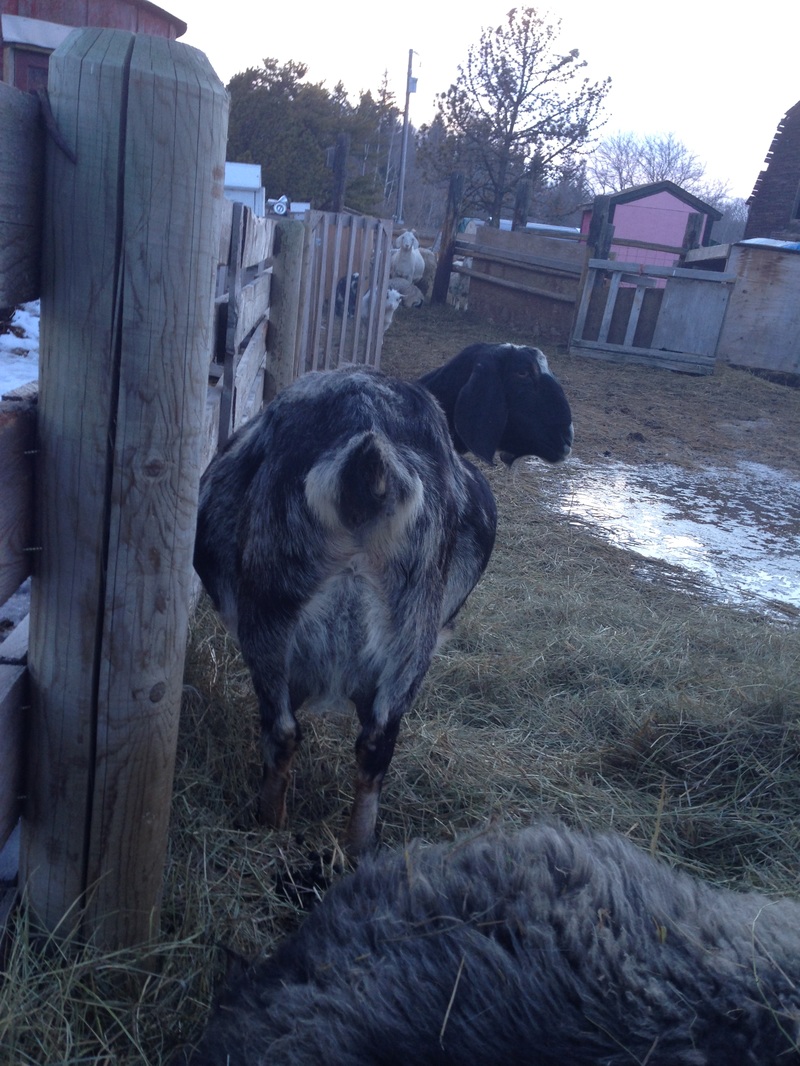


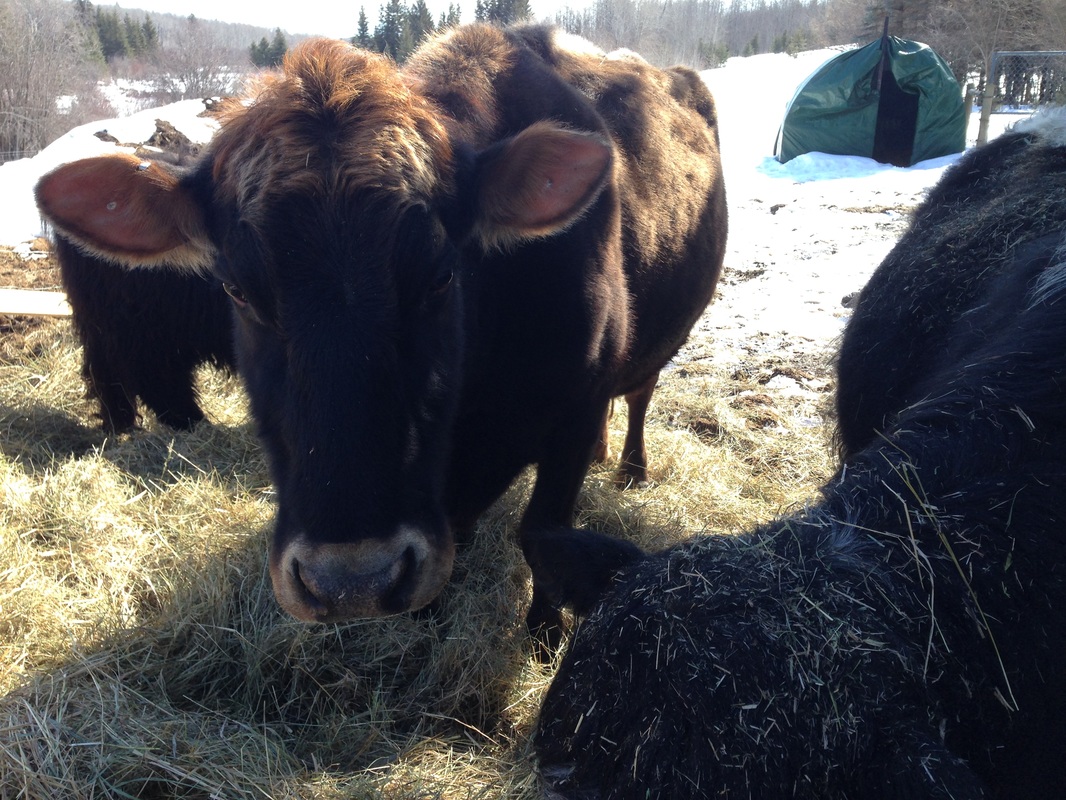

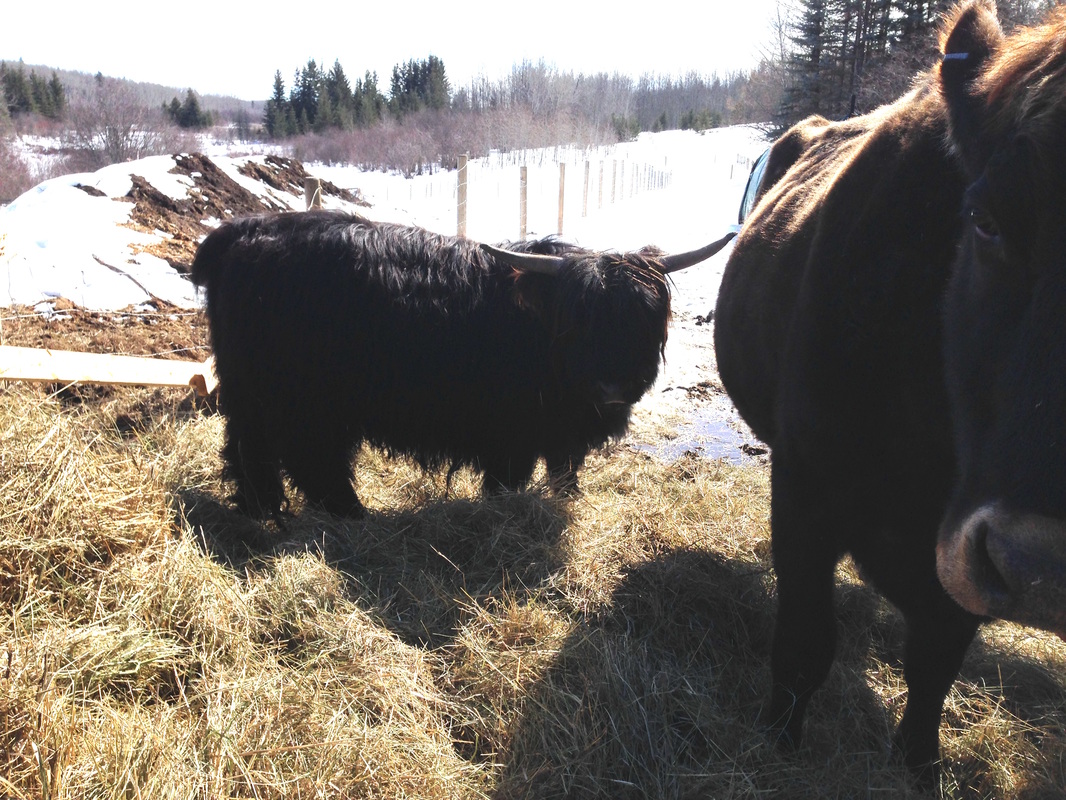
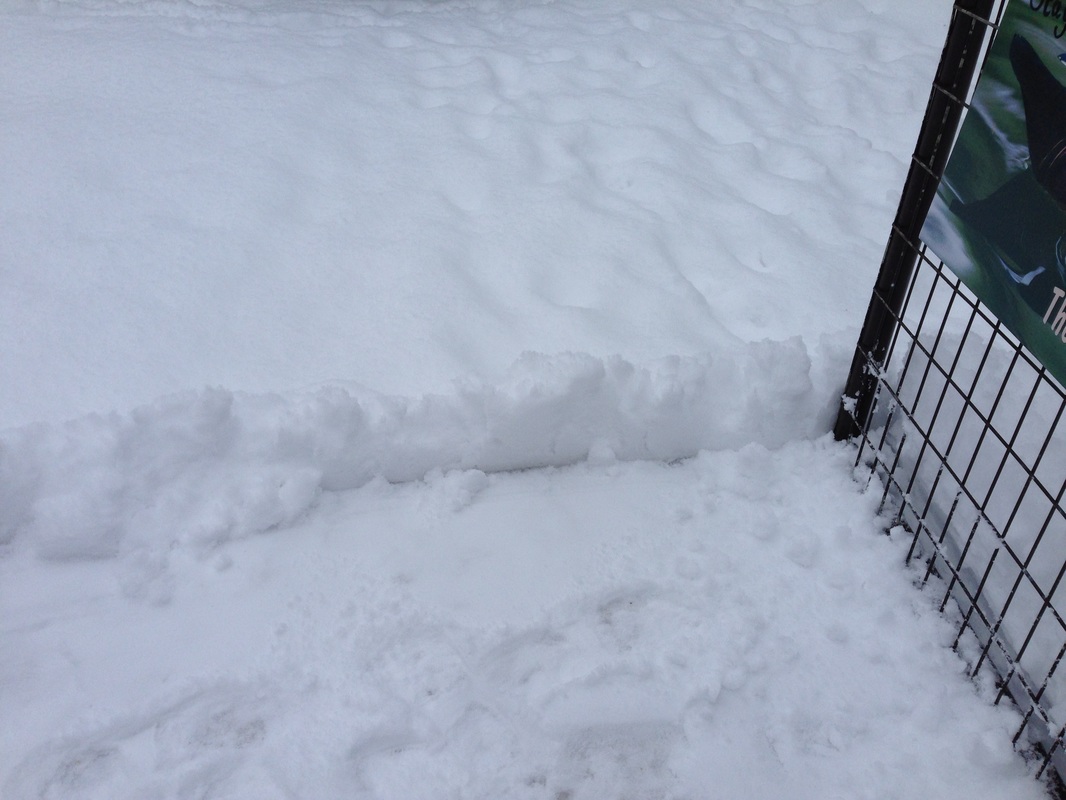
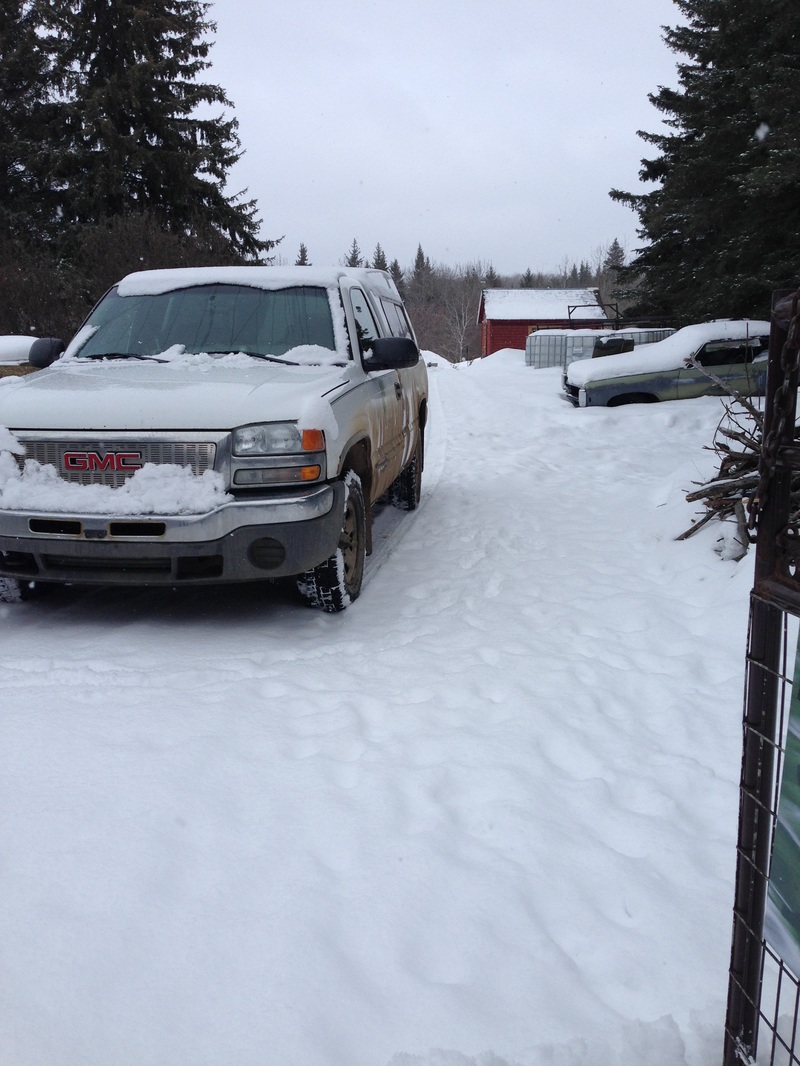
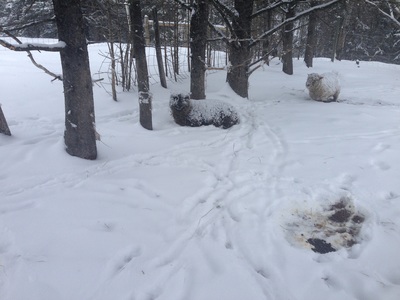
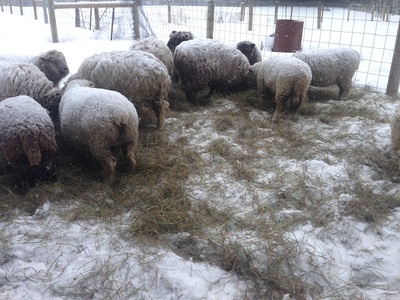
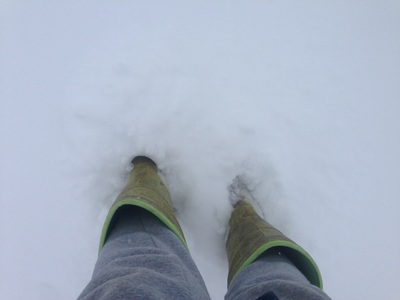
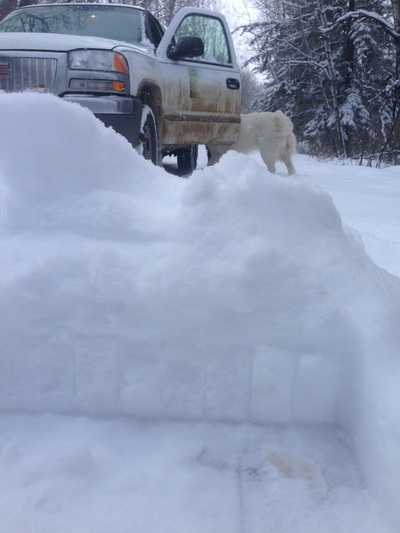



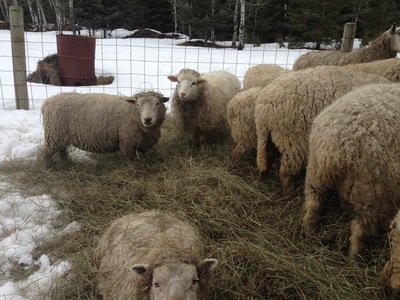
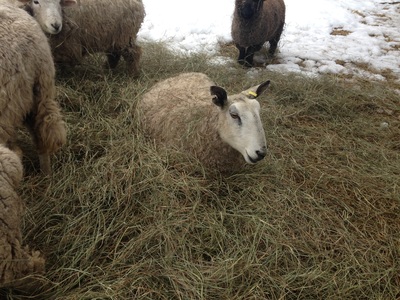
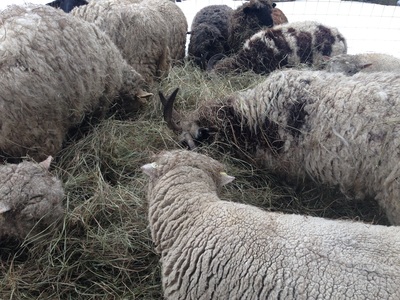




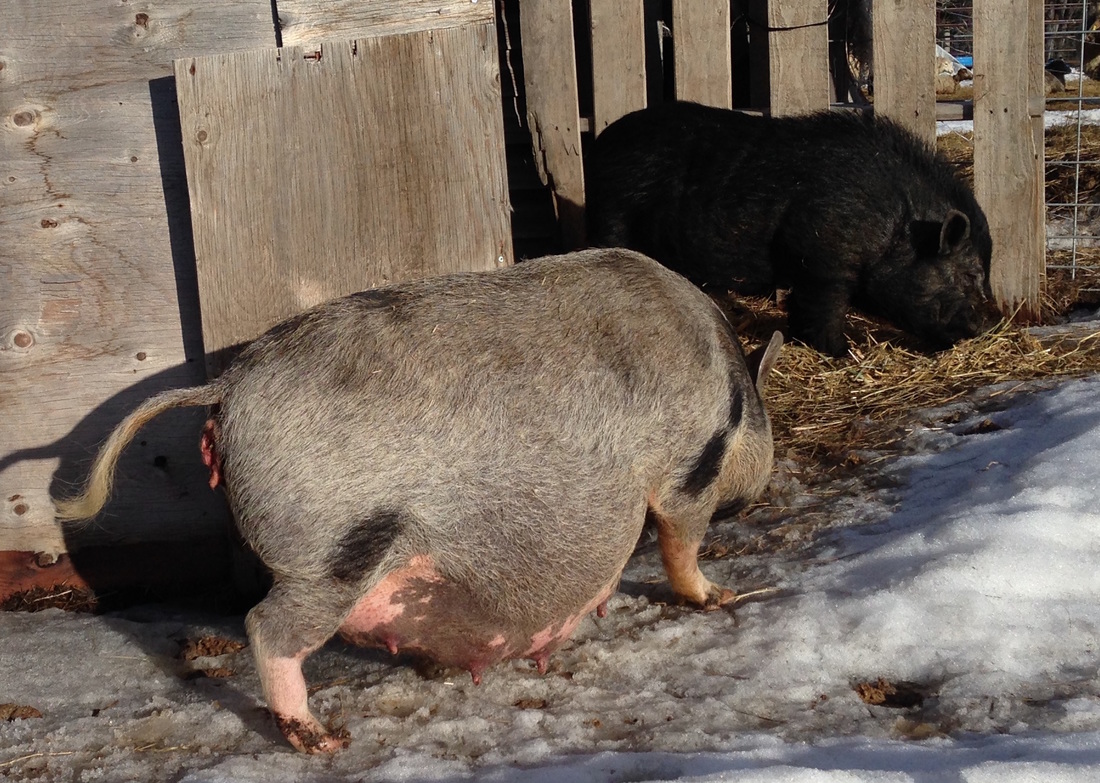
 RSS Feed
RSS Feed